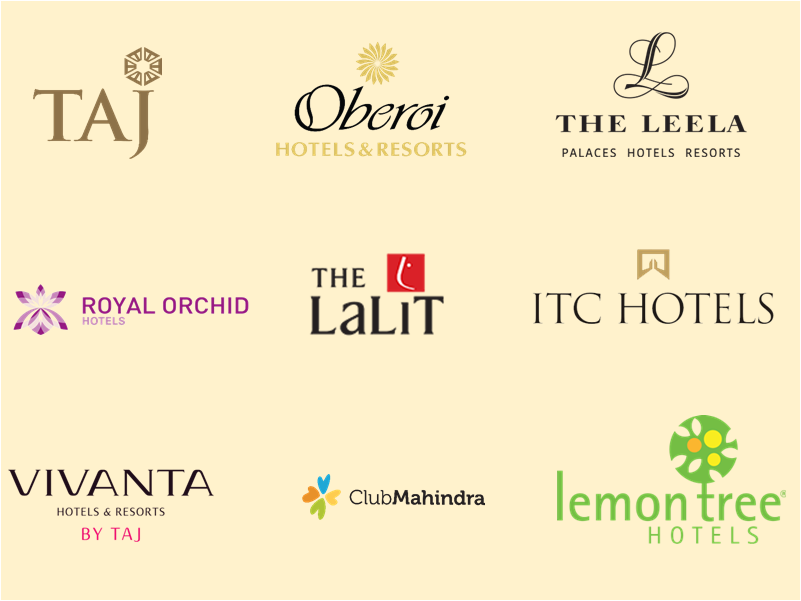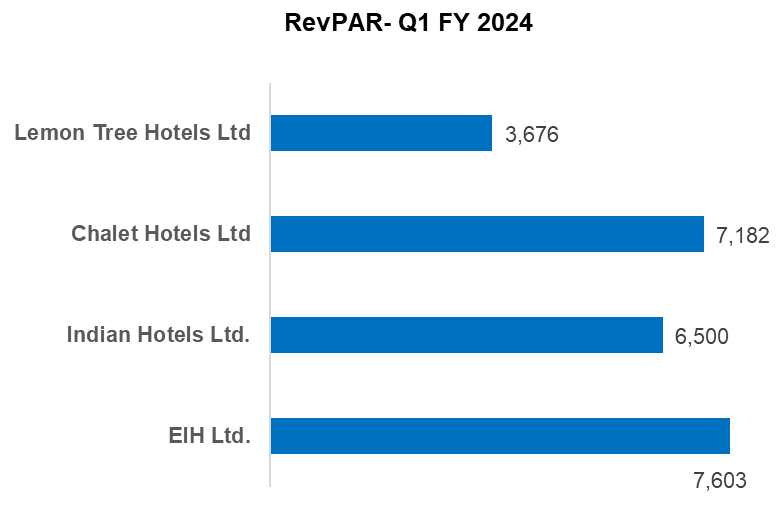Introduction:
The Indian luxury hotel sector has undergone significant transformation in recent years, influenced by evolving trends in tourism and travel. The Indian hospitality industry faced a severe setback during 2020 and 2021 due to the COVID-19 pandemic. However, business is rebounding, with occupancy rates returning to pre-pandemic levels after a two-year slowdown.
The Indian hotel market is poised for significant growth, projected to reach $47.50 billion by 2030 with a compound annual growth rate of 12.50%. Notably, the Indian hotel industry sets itself apart through factors such as facing intense competition, navigating ever-shifting demand patterns, and requiring substantial capital investment.
In this article, we will explore the key factors that influence the business performance of hotels in India. We will also look at the essential parameters for investors to consider before investing in this industry.

Some of the players in the luxury Hotels or hospitality industry are as follows:

Now, the following are some of the KPI’s that needs to be considered before investing in this industry.
Occupancy Rate
Measures the number of occupied rooms divided by the total available rooms. A higher occupancy rate is desirable.

Average Daily Rate (ADR)
A measure of the average rental revenue per occupied room. ADR is significant in hotels because it is a direct measure of the hotel’s ability to generate revenue from its rooms. A higher ADR means that the hotel is able to charge more for its rooms, which can lead to increased profits.
Revenue per available room (RevPAR):
Revenue per Available Room (RevPAR) is a more comprehensive metric for measuring a hotel’s performance than Average Daily Rate (ADR) because it takes into account both occupancy rate and ADR. RevPAR is calculated by multiplying ADR by occupancy rate. It is a better measure of a hotel’s overall performance because it takes into account both the price of rooms and the number of rooms that are occupied. A hotel can increase its RevPAR by either increasing its ADR, increasing its occupancy rate, or both.

Other Key Parameters to consider:
EBITDA Margins: EBITDA margins measure a hotel’s profitability before interest, taxes, depreciation, and amortization. They are a key indicator of financial health and attractiveness to investors.
Return on Capital Employed (ROCE): A measure of how efficiently hotel companies use capital. A company with a high ROCE is generating a good return on its investment and is using its capital efficiently.
Net Debt to Equity Ratio: NDER is a particularly important metric for hotels because they are capital-intensive businesses that require a lot of upfront investment in property and equipment. Hotels with low NDERs are better able to withstand economic downturns.
Parent Company Support: Strong backing from a well-established and financially strong promoter group provides stability and additional resources.
Risk Management: Investors must understand how companies handle debt, project risks (such as time and cost overruns), and concentration risk (related to guest profiles, geography, and revenue sources).
Profit Calculation: Profits of the company must be assessed properly. It’s vital to differentiate core earnings from revenue generated through management contracts and property sales.
Valuation
The most common used metric for this industry is Enterprise Value/EBITDA. This ratio is used taking into account the capital intensive nature and long gestation period of the hotel industry. Here Enterprise Value = (Market Cap + Debt – Cash). EBITDA is the earning of the company before Interest, Tax, Depreciation, Amortization. The thumb rule is that a company with lower EV/EBITDA is more attractive.
Conclusion:
With COVID issues already resolved and tourism picking up, the Indian luxury hotel sector anticipates significant growth. However, investors should remain aware of the risks, including economic downturns, competition from other hotels, and the necessity for substantial capital investment. Before investing in this sector, investors should carefully consider their risk tolerance and investment goals.



